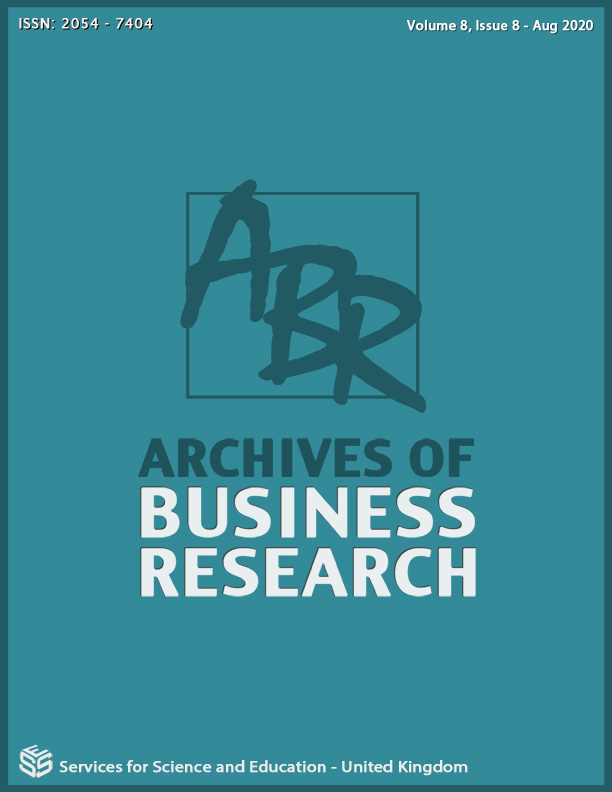Mergers and acquisitions in the contemporary business markets: The differences and similarities between them, and the significance of the allusion that ‘mergers seldom produce the expected benefits that managers wish for’
DOI:
https://doi.org/10.14738/abr.88.8912Keywords:
Mergers, Acquisitions, Organization, Managers, Modern and MarketAbstract
Mergers and acquisitions have been popular in the time past, where organizations pride themselves by engaging in that venture to develop and promote their businesses to achieve competitive advantage. However, in the modern technological business dispensation, it has been a different ball game all together. This is due to the abandonment of the significance associated with the concept that mergers and acquisitions produce the expected gains that management look for. Currently, the magic wand found for organizations is to integrate backward / forward within the industry’s processing line or value chain for expansion and achievement of competitive advantage. This has been made possible, because organizations in the same market and value chain could easily integrate backward / forward to expand their businesses for success, as being practiced by the Japanese and most American companies in the vehicular and computer industries, respectively. Furthermore, the previous belief in the myth that mergers and acquisitions produce the expected results that managers look for, is now vilified. It therefore, behooves on organizations to integrate backward / forward within their market / supply chain for expansion, and consequently work hard to achieve sustainable competitive advantage.






